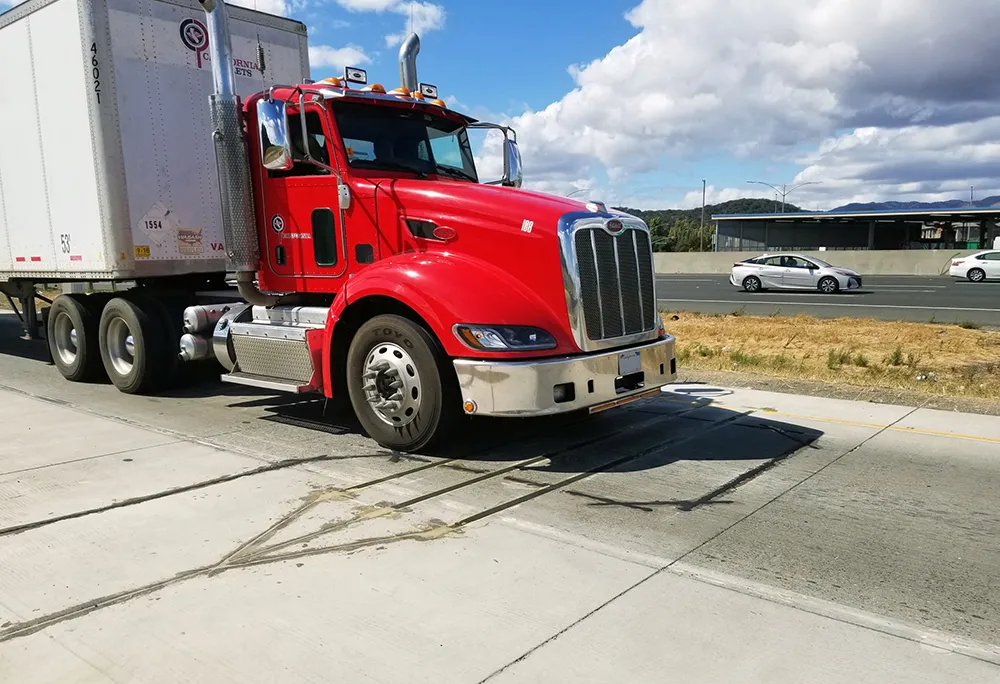
German-based
The data and power supply cables between the WIM-DSP 32 and TMCS-U and the inductive loop connections can be up to 300m long. WIM-DSP 32 and TMCS-U have a high integration density with low power consumption and outstanding performance features that the company says have never been seen before. The TMCS-U and WIM-DSP 32 assemblies therefore ensure precise time synchronisation with optional data signature.
The WIM-DSP32 has been developed for use with Kistler Lineas sensors and charge amplifiers. The new design has powerful sensor monitoring, an integral colour graphics display, and touch keys for easy configuration and functional control. This modular concept enables multi-lane weigh-in-motion systems, ranging from staggered sensor arrangements to a sensor arrangement with three rows of sensors per lane for weigh-in-motion enforcement applications, to be realised with ease.
The WIM-DSP 32 supports an array of up to 32 Lineas sensors which can be arranged in any configuration. Costs for increasing the length of the sensitive Lineas sensor cables can be saved and the risk of negative influences (damage, moisture, rodents) can be eliminated. With the WIM-DSP 32 and TMCS-U, the sensor cables for several lanes can be reduced to a single RJ45 cable with IP67 protection, including power supply.









